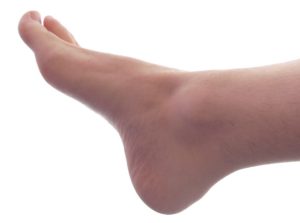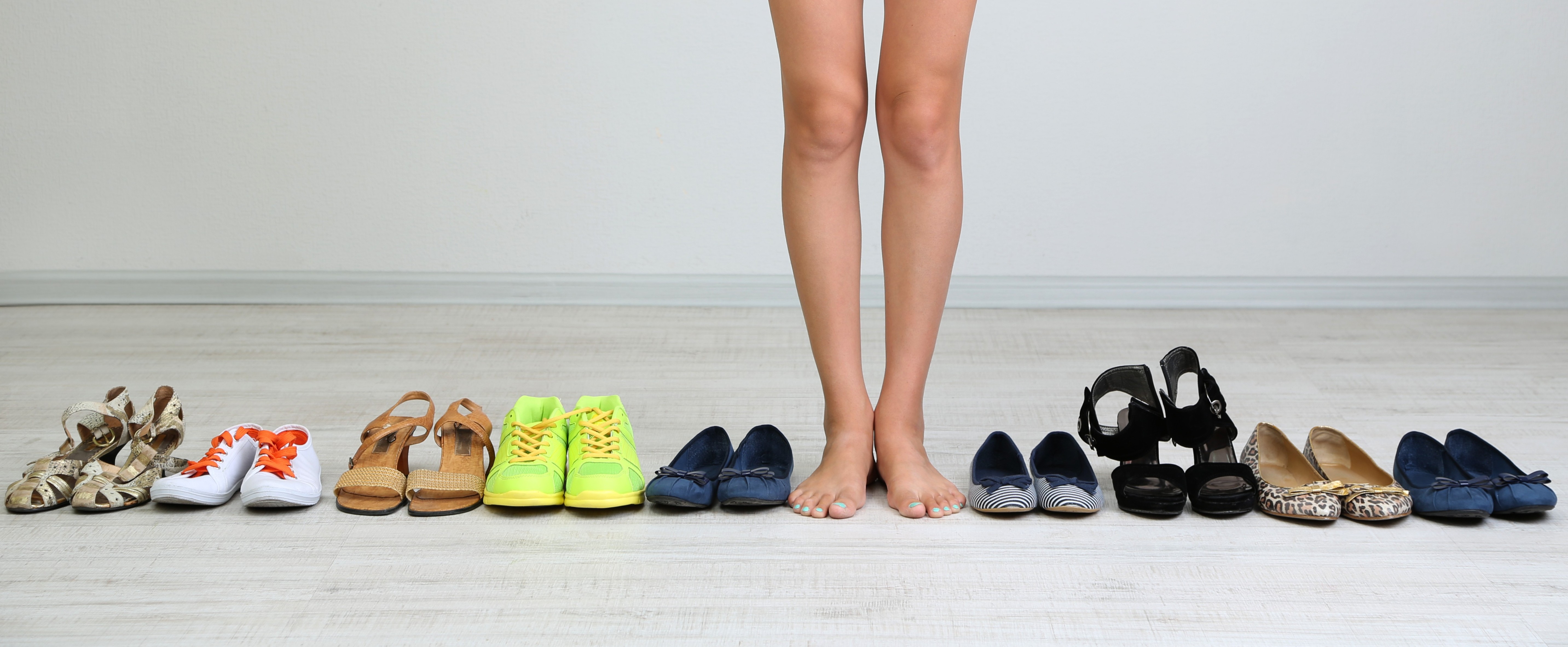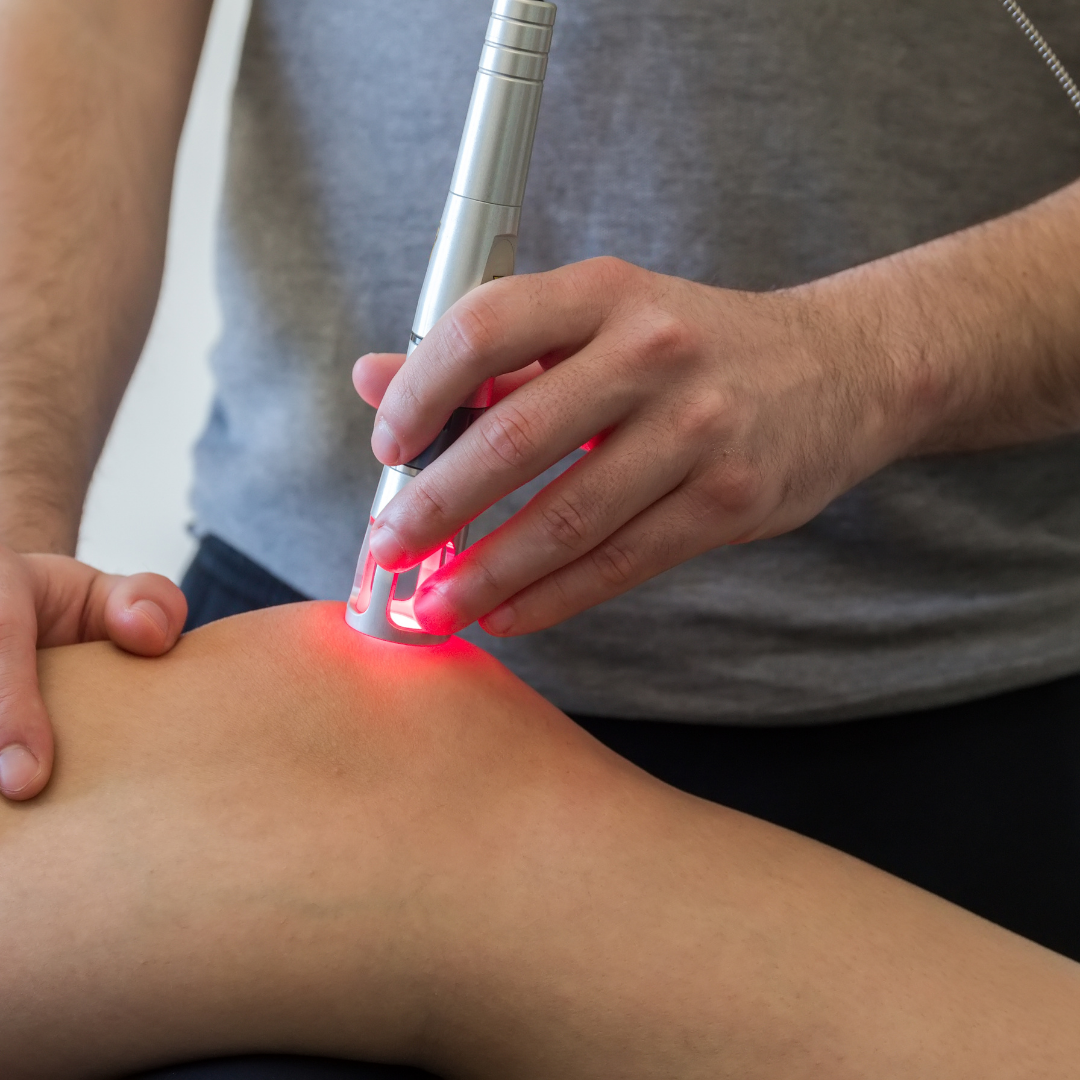Lisfranc injuries occur at the Lisfranc joint at the midfoot, where the metatarsals (long bones of the foot) connect to the tarsal bones, namely the cuboid and the three cuneiforms (medial, intermediate and lateral). The bones at the Lisfranc joint are connected by tough ligament bands that ensure correct alignment and good strength through these midfoot joints. This is vital for arch stability and for walking. Injuries at the Lisfranc joint can come in the form of sprains, fractures of dislocations.
 Lisfranc injuries result from overloading the midfoot, which often occurs through either the twisting of the foot of from
impact to the midfoot. This tears the supporting ligaments and can dislocate or fracture a bone. Anything that twists and overloads the
midfoot can cause a Lisfranc injury, examples include:
Lisfranc injuries result from overloading the midfoot, which often occurs through either the twisting of the foot of from
impact to the midfoot. This tears the supporting ligaments and can dislocate or fracture a bone. Anything that twists and overloads the
midfoot can cause a Lisfranc injury, examples include:
Symptoms include:
The first step is to alleviate the painful symptoms. This can be done following the PRICE (protection, rest, ice, compression, elevation) principles. Treatment will then depend on the severity of the injury and whether a ligament sprain, fracture or dislocation has occurred. It should be noted that midfoot sprains take significantly longer to heal than regular ankle sprains. Because the midfoot takes on 2-3 time a person’s body weight on standing, reducing this pressure and minimising weight-bearing at the midfoot is a key part of treatment. Your GP and podiatrist will work together to effectively manage your injury. Severe injuries may require surgical intervention. Conservative treatments can include:

If you’re unsure whether you should wear walking or running shoes when exercising, this article is for you.
We explain the differences between walking and running shoes and how to determine which one is best for your feet. When it comes to buying a new pair of shoes, most people walk into a store expecting to just “find something comfy.” Then, suddenly, you’re asked: Are you looking for
walking shoes or running shoes? And that’s where the confusion begins. Because for many people, the answer isn’t that simple.
You could walk a lot – to work, around the block, chasing after the kids, or while catching up with friends. You could have also just joined
a gym or registered for the Couch to 5km. Or you could be a walker who just wants the option to go for a run if the mood strikes. So, which
shoe do you pick?

Discover why foot health is so important as we age and how Perform Podiatry supports seniors in staying mobile, independent, and pain-free. From diabetic care to personalised treatment plans, we’re here to help keep your feet happy and healthy, every step of the way.

Discover how Class IV Laser Therapy at Perform Podiatry offers powerful, drug-free relief for foot and ankle pain. Backed by science, this advanced treatment helps you heal faster and move better, without the need for surgery or medication.
Keeping your family on their feet and helping them to walk, run, play and exceed their goals is why we love getting up in the morning.
Ground Floor, One Health Building
122 Remuera Rd, Remuera
Auckland 1050, New Zealand
| MON - FRI | 7:30am – 6:30pm |
| SAT | 8:30am – 4:30pm |
| SUN | Some availability |
Make an Appointment
Online Schedule
Our virtual receptionist is available 24/7 to help with general questions, booking requests, and clinic information, even when our team is busy, or it's after hours.
Whether you're calling us or using our website, you'll get fast assistance any time of day. And if your query needs a personal touch, a member of our team will follow up as soon as possible.